How sharp is a hand axe really – and what distinguishes tools from technology?
The fourth section of the Neanderthal Museum makes it clear: tools are not just stone and function, but the key to becoming human. From the first strike to modern technology, an arc spans millions of years. And it shows that knowledge is more than information – it is our survival strategy.
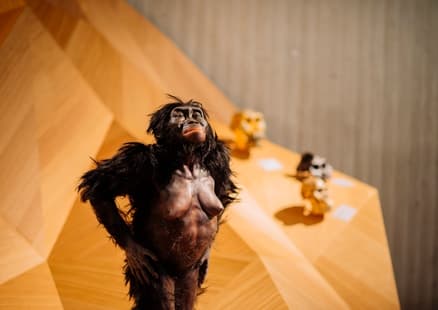
As early as 3.3 million years ago, stones were being deliberately worked. Our ancestors, the Australopithecines, used them to butcher animals or crack nuts. The tools changed behavior—and thus evolution.
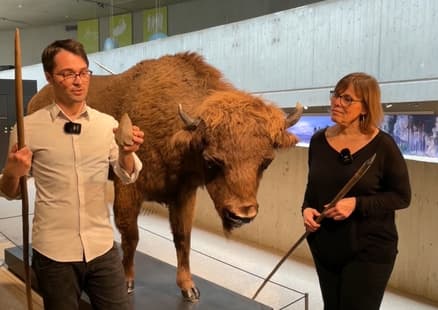
Tools were used to make new tools. A cycle began that became the basis of our material culture—and has never stopped.

Over the millennia, humans combined different materials and invented complex tools: spears, needles, axes. Later, ceramics, metal, and finally machines were added—always through a combination of knowledge, experimentation, and progress.
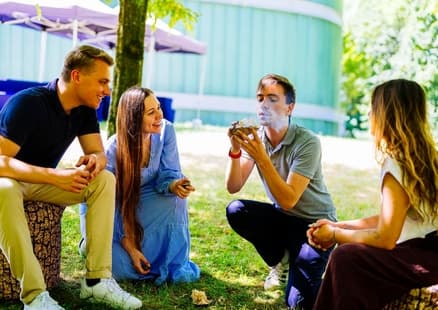
Coal, steel, and oil enabled the transition to industrial technology in the 19th century. Humans began to convert raw materials on a large scale—and to change their environment permanently.

In the past, knowledge was passed down orally from generation to generation. It was only with the advent of writing, printing, and education that it became storable, reproducible, and verifiable. Since the Renaissance, research has been systematically conducted, documented, and disseminated. Encyclopedias and universities emerged, making knowledge independent of its place of origin.
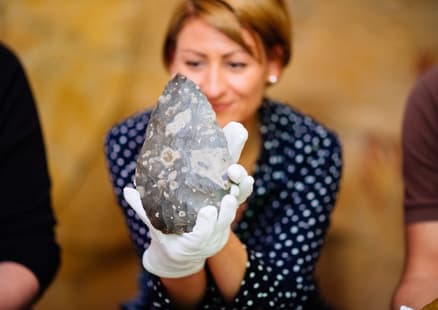
Leonardo da Vinci designed machines that were only realized centuries later. In the 20th century, the idea arose that it was possible to plan the future in a targeted manner—through science and technology. Science fiction, futurology, and technological utopias show that humans like to think ahead. But in the 21st century, technological progress is increasingly being viewed critically—also with regard to the environment, ethics, and society.
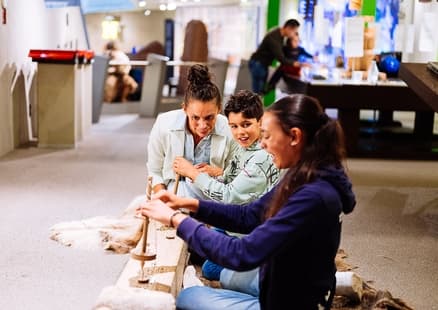
Then come to the Neanderthal Museum in Mettmann!
In our exhibition, you will discover how technology came into being, how knowledge was passed on - and why fire, hand axes, and imagination are our most powerful tools.